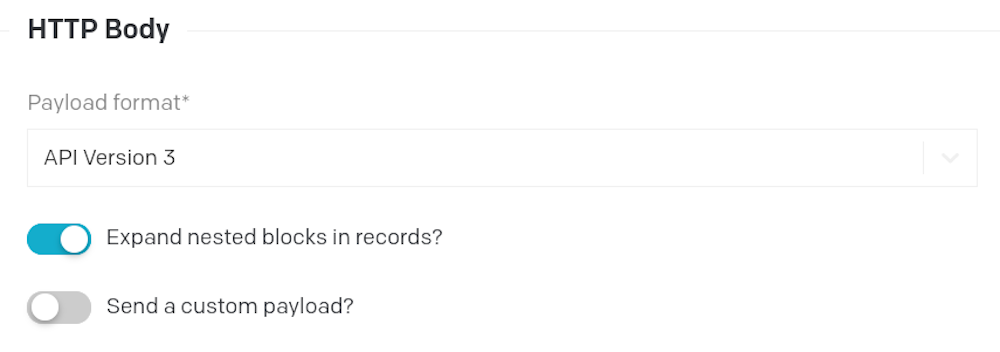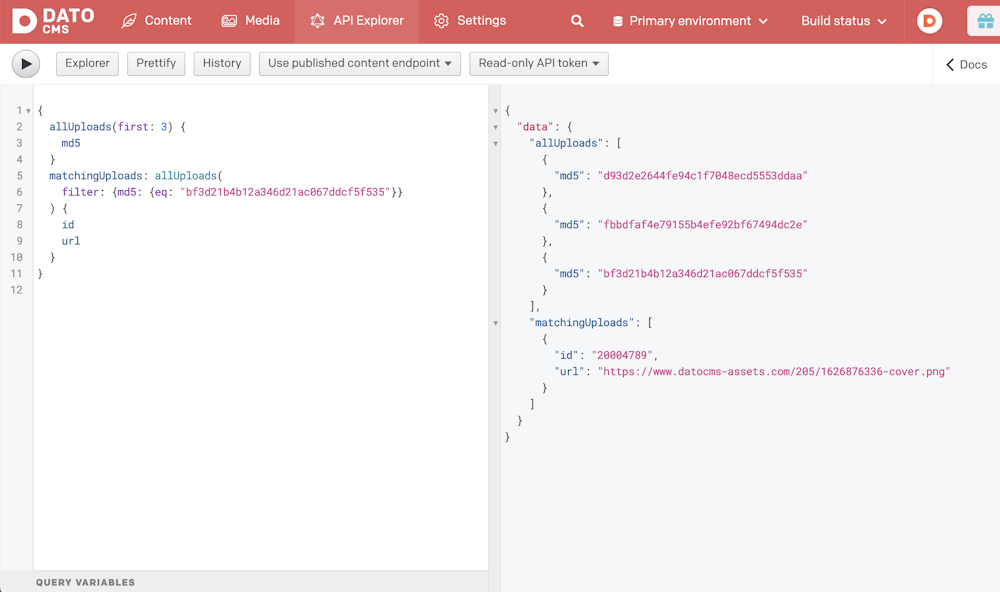Added length validation to Structured Text fields
We have just added the possibility of specifying a length validation on Structured Text fields, as was already possible for string and text fields:

We have just added the possibility of specifying a length validation on Structured Text fields, as was already possible for string and text fields:

In more than one official communication, Microsoft has announced the end of life for Internet Explorer 11:
On August, it removed support for IE11 for all Microsoft 356 online services;
In May, it announced the permanent retire of IE11 as of June 2022.
Beginning October 25, 2021, DatoCMS will no longer support Internet Explorer 11 (IE11) and users may have a degraded experience, or be unable to connect to our apps and services.
If you're still using Internet Explorer, you will need to transition to Microsoft Edge (or any other modern browser) before October 25 to start enjoying a faster, more secure and more modern browsing experience.
This change will allow us to work faster, and offer better performance on the latest browsers.
You can now copy the content of a localized structured text from the main locale to the others, with just one click:
We have recently released two new options for the webhook body that we are sending out.
you can now pick the API version number defining the format of the payload that we are sending out
you can also decide if you want to have directly expanded in the record value the nested blocks that might be part of it
Have a look at the interface:

Some of the most useful and used triggers for our webhooks are those revolving around records creation/update/deletion, and when it comes to a "record update" event, it is very common the need to know exactly what has changed. So far, it was not that easy to get that information.
Well, now it is! For "record update" events, the webhook payload now presents the record data both before the update operation (previous_entity) and after (entity), making diffs extremely easy on your end.
Integrations/automations like "only do X if the title has changed" are like 1000% faster to develop:
{ "environment": "foo-bar", "entity_type": "item", "event_type": "update", "entity": { "id": "39830648", "type": "item", "attributes": { "name": "Mark Smith", }, "relationships": { ... }, "meta": { ... } }, "previous_entity": { "id": "39830648", "type": "item", "attributes": { "name": "John Smith", }, "relationships": { ... }, "meta": { ... } }}For security reasons, we have decided to remove any previously saved Netlify/Vercel token information from all existing build triggers. This change no longer allows you to view build logs directly from within the DatoCMS interface.
The reason for this change is that a project's read-only token API has read access to build triggers, but these were exposing third-party tokens that potentially allowed destructive operations to be performed. If you have publicly shared any DatoCMS key and you have build triggers pointing to Netlify/Vercel, we recommend rotating the keys of these these services.
Another day, another improvement to DatoCMS!
Building up from our recent addition of MD5 metadata to assets, we can now warn the user when there's an asset in the Media Area with the same signature as the file they're trying to upload:
Today we're really happy to announce a small, nifty addition that we're sure a lot of people will find useful! We called it Quick Search, and it allows to find all records matching a specific criteria around your whole project.
You can launch Quick Search using the little "magnifying glass" icon that's always present at the top-right or, even faster, using the ⌘+P (or Ctrl+P) keyboard shortcut:
Small, great addition today. You can now see which records point to the current record via Link fields! Some plugins were already available to perform the same job, but the need is so common that we decided to add it everywhere 😉
This is a nice addition to the Media Area: you can now see the MD5 hash of any asset you upload to DatoCMS. You can also search for MD5 in your Media Area, to see if the same asset is already present!
This is especially useful in automated scripts: the same information/query is also available both on our Content Management API and Content Delivery API:
